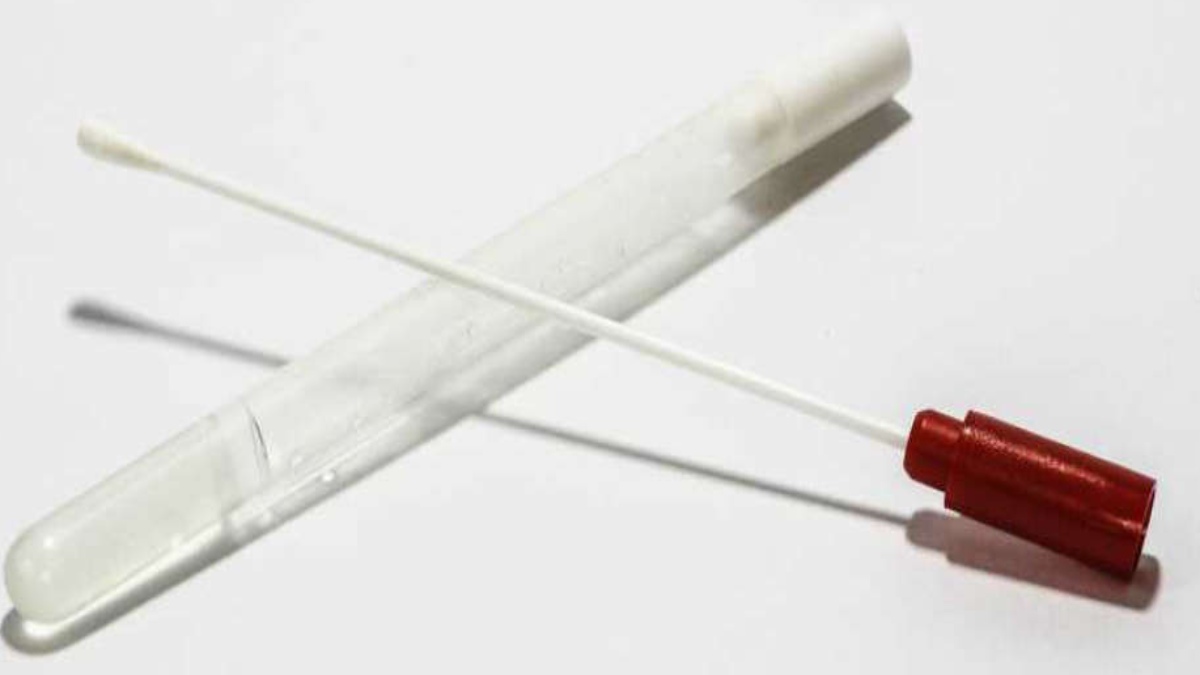


During a recent study, researchers at the University of Maryland School of Medicine (UMSOM) developed two rapid diagnostic tests for Covid-19 that are nearly as accurate as the gold-standard test currently used in laboratories.
Unlike the gold standard test, which extracts RNA and uses it to amplify the DNA of the virus, these new tests can detect the presence of the virus in as little as five minutes using different methods. The findings were published in the journal Nature Protocols. One test is a Covid-19 molecular diagnostic test, called Antisense, which uses electrochemical sensing to detect the presence of the virus. The other uses a simple assay of gold nanoparticles to detect a colour change when the virus is present. Both tests were developed by Dipanjan Pan, PhD, Professor of Diagnostic Radiology and Nuclear Medicine and Pediatrics at UMSOM, and his research team. Dr Pan has a joint appointment at the University of Maryland Baltimore County (UMBC).
“These tests detect the presence of the virus within 5 to 10 minutes and rely on simple processes that can be performed with little lab training,” said Dr Pan. They do not require the extraction of the virus’s RNA – which is both complicated and time-consuming.
They also are more reliable than the rapid antigen tests currently on the market, which detect the virus only in those with significantly high viral levels. “These two newer tests are extremely sensitive and can detect the presence of the virus, even in those with low levels of the virus,”
Last month, the US Food and Drug Administration (FDA) registered the laboratory of Dr Pan as an approved laboratory development site for the Antisense test. The move paves the way for Dr Pan’s laboratory to begin conducting the test at the university, in research settings, as it undergoes further development.
In February, RNA Disease Diagnostics, Inc. (RNADD) received an exclusive global license from UMB and UMBC to commercialize the test. Dr Pan serves as an unpaid scientific advisor to the company.
This test detects the virus in a swab sample using an innovative technology called electrochemical sensing. It uses a unique dual-pronged molecular detection approach that integrates electrochemical sensing to rapidly detect the SARS-CoV-2 virus.
“The final prototype is like a glucometer, which patients with diabetes use at home to measure their blood glucose levels,” said Dr Pan, “and is just as easy for people to do themselves.” Dr Pan and his colleagues, in collaboration with RNA Disease Diagnostics, are launching a study of NBA basketball players in New York City to compare the Antisense test to rapid Covid tests that the NBA is using to monitor Covid infections in its players.
“We would like to see whether our test can yield more reliable results compared to the existing platforms,” he said. “Current antigen-based rapid Covid tests miss infections about 20% of the time and also have high rates of false-positive results. Our Antisense test appears to be about 98% reliable, which is similar to the PCR test.”
Similar to the Antisense test, the second rapid test also does not require the use of any advanced laboratory techniques, such as those commonly used to extract RNA, for analysis. It uses a simple assay containing plasmonic gold nanoparticles to detect a colour change when the virus is present. In April, Dr Pan and his colleagues published a stepwise protocol in the journal Nature Protocols, explaining how the nano-amplified colourimetric test works and how it can be used.
WITH ANI INPUTS